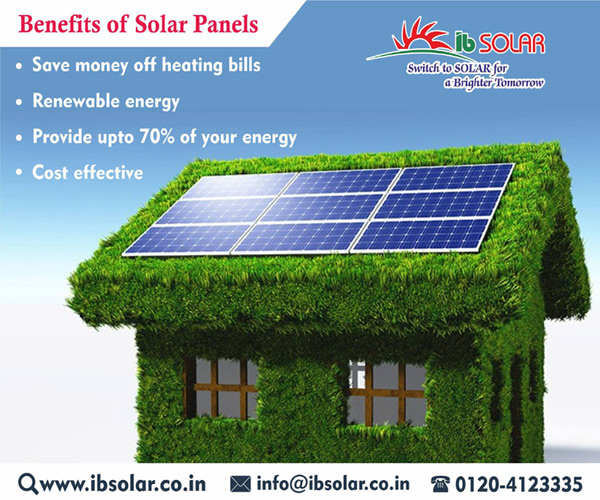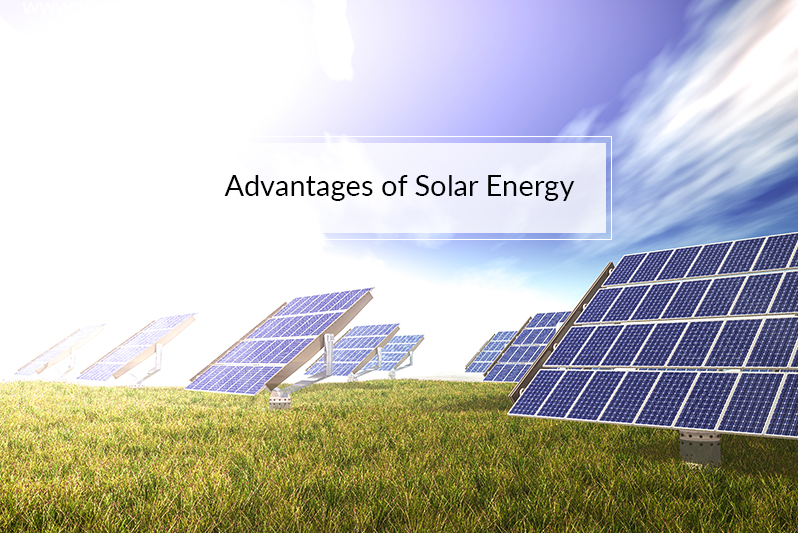Lower Energy Bills with Simply Solar Illinois – Discover Your Solutions
Lower Energy Bills with Simply Solar Illinois – Discover Your Solutions
Blog Article
Solar Power 101: A Newbie's Guide to Sustainable Power Solutions
As the world increasingly changes towards lasting power solutions, comprehending the fundamentals of solar power ends up being vital for both people and services. By checking out the advantages of solar innovation, along with the economic motivations and installment processes, one can get a more clear perspective on exactly how to successfully incorporate this renewable resource into their power approach.
Understanding Solar Energy
At its core, recognizing solar power includes realizing the essential principles of just how sunshine can be exchanged useful electrical power. Solar power is acquired from the sunlight's radiation, which can be harnessed through various technologies. The primary mechanism for this conversion is the solar impact. This phenomenon takes place when sunshine strikes semiconductor products, commonly silicon-based, within solar batteries. The power from the sunshine thrills electrons in the semiconductor, allowing them to stream openly and produce direct current (DC) electrical power.

Recognizing solar power also entails recognizing its ecological advantages. By using sunshine, we can minimize greenhouse gas exhausts and reduce air pollution, adding to an extra sustainable future. The advancements in technology and performance of solar systems remain to boost their viability, making solar power an increasingly appealing alternative for global power demands.
Types of Solar Energy Equipments
Numerous kinds of solar power systems are typically employed to harness solar energy for electrical power generation. The main groups consist of photovoltaic or pv (PV) systems, focusing solar power (CSP) systems, and solar thermal systems.
Photovoltaic or pv systems make use of solar panels composed of silicon cells that transform sunshine directly into electricity. These systems are versatile and can be mounted on roofs, ground places, or incorporated right into building products.
Concentrating Solar energy systems, on the other hand, employ mirrors or lenses to concentrate sunshine onto a small location, generating warm that drives a vapor generator to produce electrical energy - Simply Solar Illinois. CSP systems are normally deployed in large nuclear power plant and need straight sunlight, making them less ideal for cloudy regions

Each kind of solar power system has its unique qualities, applications, and viability depending upon geographic place, energy demands, and budget plan, making it necessary to evaluate options based on particular conditions. - Simply Solar Illinois

Benefits of Solar Power
Using solar power through various official site systems not only provides a sustainable means to produce electricity however also uses a plethora of benefits. Among one of the most significant benefits is the decrease in greenhouse gas emissions, contributing to a cleaner environment and combating climate adjustment. Solar power is sustainable, meaning it is endless and available as long as the sun radiates, unlike fossil fuels, which are finite and diminishing.
In addition, solar power can result in substantial price savings gradually. Homeowners and services can decrease their electrical energy bills dramatically, and in numerous cases, they might make credit histories for excess power created through web metering. Additionally, the solar industry produces jobs, from producing to installment, stimulating neighborhood economic situations.
One more engaging benefit is energy independence. By generating their own electrical power, individuals and communities can lower dependence on exterior power sources, improving strength versus changing energy rates and supply disruptions. Solar power systems require very little upkeep, making them a hassle-free choice for sustainable energy generation.
Setup Refine Overview
The installment procedure for solar power systems normally includes numerous key steps that make certain efficient integration into a residential property. At first, an extensive website analysis is conducted to assess the roofing's orientation, shading, and structural stability, which are critical to maximizing solar panel performance. Following this analysis, the layout phase commences, where a customized solar power system is configured based on the home owner's power needs and preferences.
Once the layout is settled, the required licenses and authorizations are obtained from regional authorities, making certain conformity with policies. The actual installation includes installing the photovoltaic panels on the roofing or ground, linking them to an inverter, and integrating the system with the straight from the source home's electrical configuration. This stage may also entail setting up battery storage space systems, relying on the layout.
After setup, a thorough evaluation is carried out to verify the system's performance and safety. Ultimately, the system is appointed, and homeowners are informed on its procedure and upkeep. With the installation full, the solar power system can start creating renewable power, adding to sustainability and reducing utility prices. This structured technique ensures that planetary systems are both reliable and dependable, maximizing their long-lasting benefits.
Financial Rewards and Savings
Checking out the financial incentives and financial savings associated with solar power systems can considerably improve the appeal of making the switch click to read more to renewable power. One of the most notable rewards is the government solar tax credit history, which allows house owners to deduct a portion of their solar system installation expenses from their federal tax obligations.
In enhancement to tax obligation credit histories, lots of states supply rebates that can even more lower upfront expenditures. Some energy business also provide performance-based motivations, satisfying solar power production over time. Funding choices, such as solar finances and leases, enable consumers to mount systems with little to no deposit, making solar energy more accessible.

Lasting savings are one more essential factor. By producing their very own electricity, property owners can dramatically decrease or perhaps eliminate their regular monthly power bills. Furthermore, solar systems can boost home worths, providing a strong roi. Generally, the combination of motivations and cost savings makes solar power an economically appealing selection for several homes.
Final Thought
To conclude, solar energy represents a vital part of sustainable power remedies, supplying a pathway toward decreased carbon footprints and enhanced environmental management. The varied kinds of solar energy systems, combined with considerable monetary incentives, promote broader fostering amongst people and neighborhoods. Recognizing the installment processes and benefits related to solar energy equips stakeholders to make enlightened choices. Eventually, the change to solar power not just promotes ecological obligation yet likewise promotes economic financial savings and energy independence.
Report this page